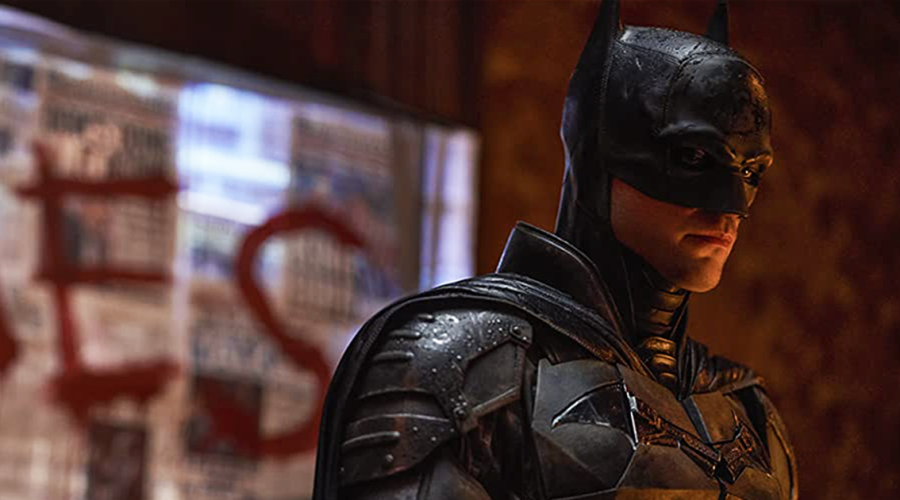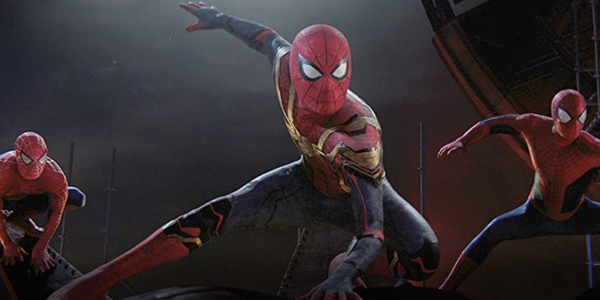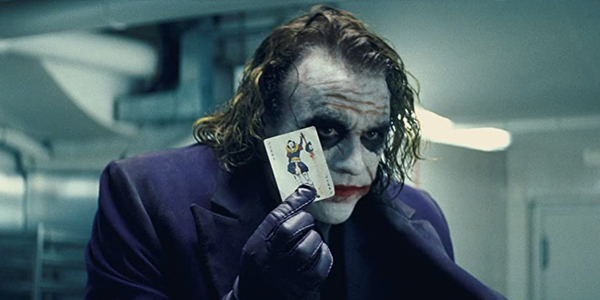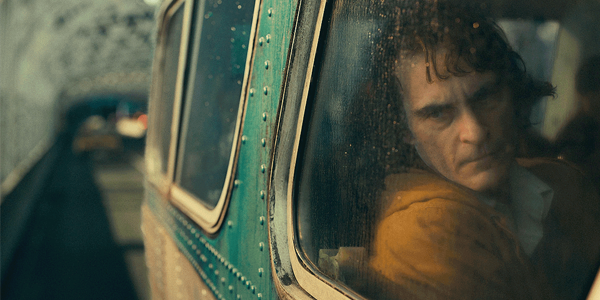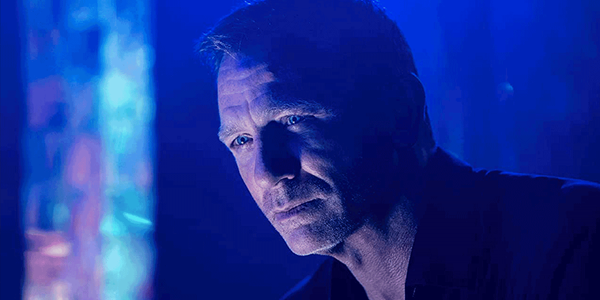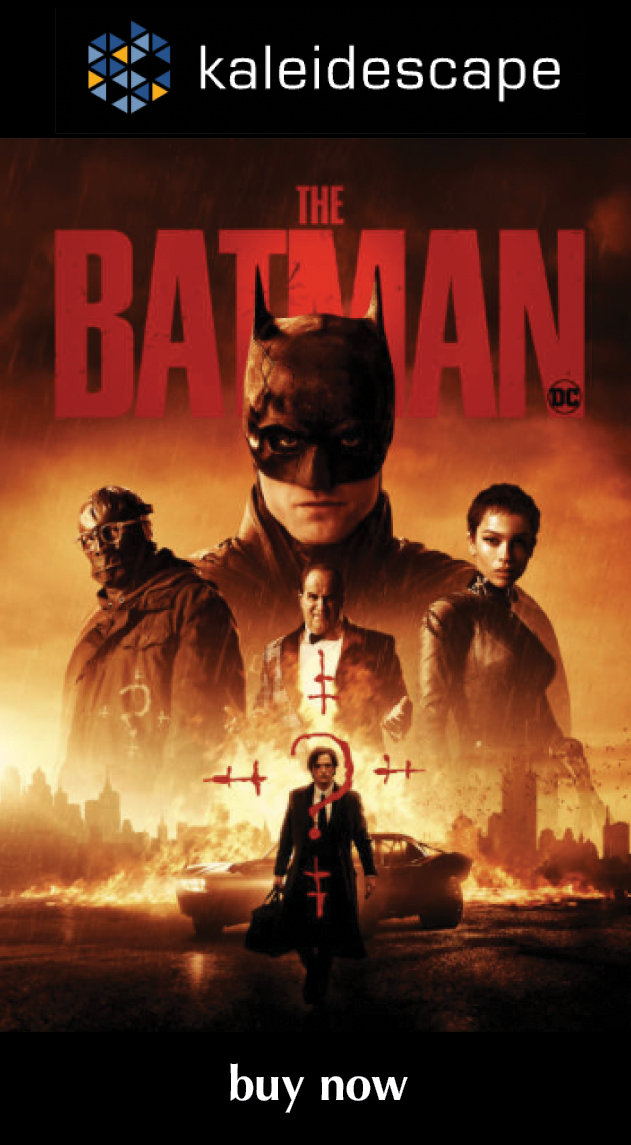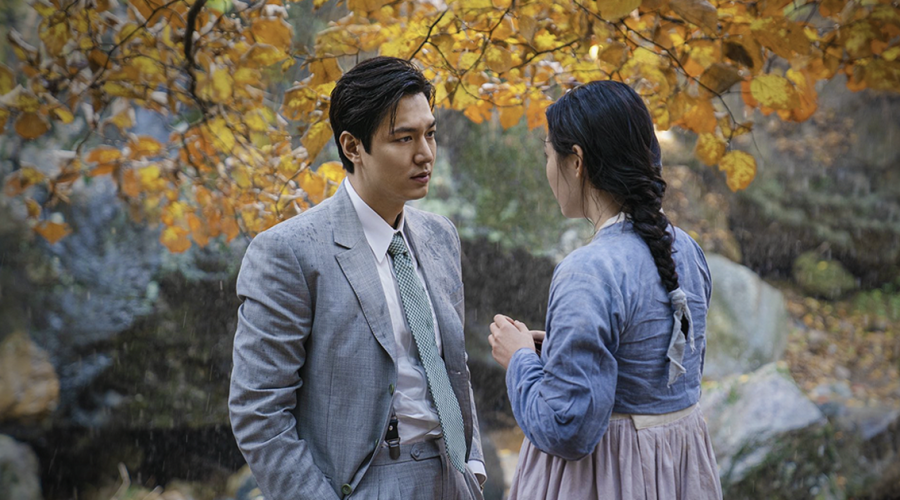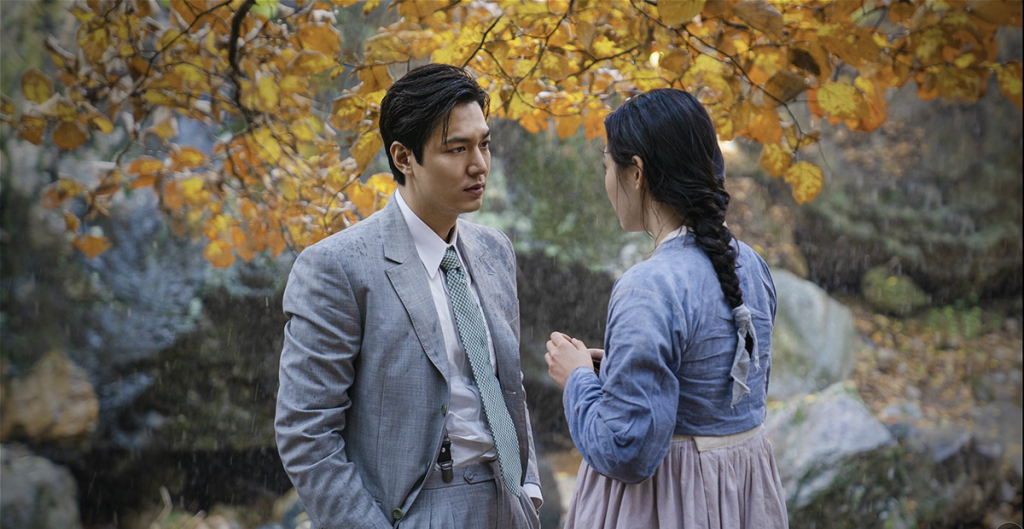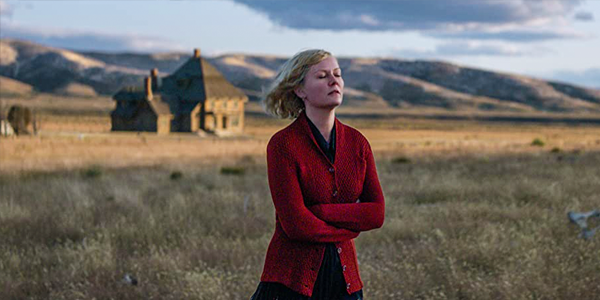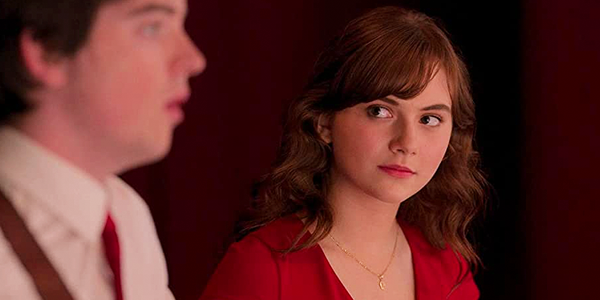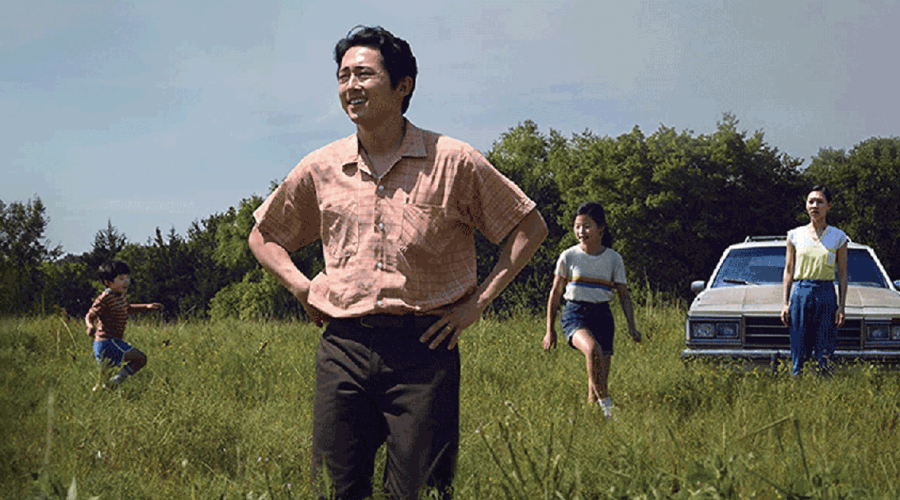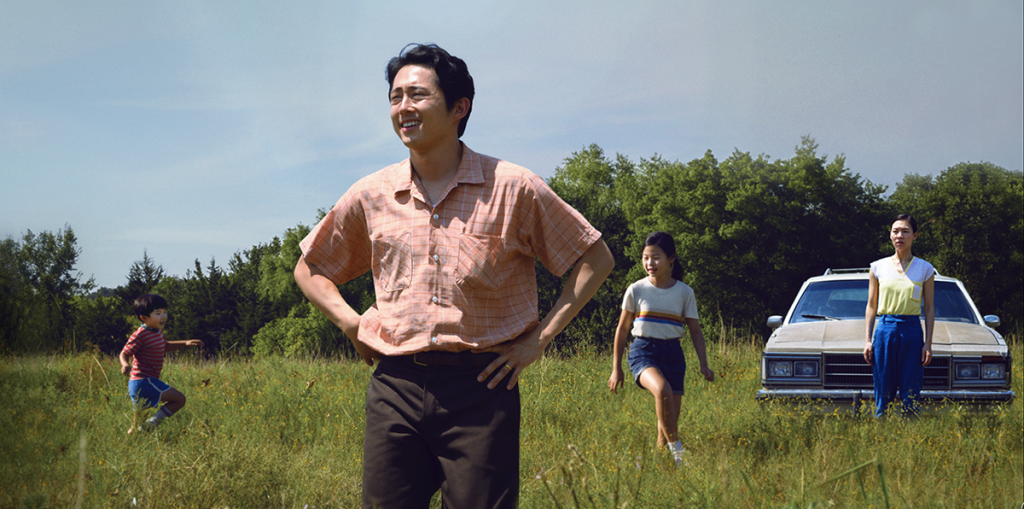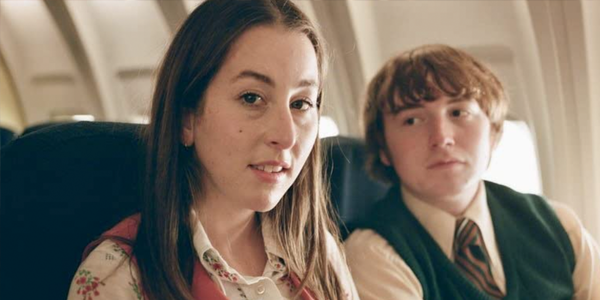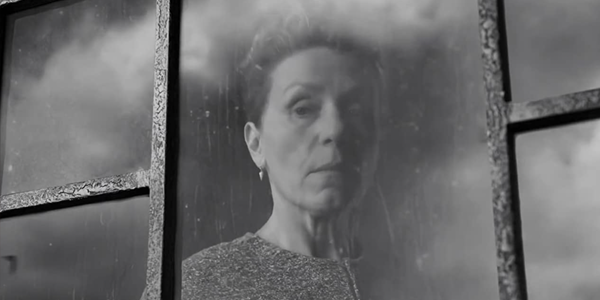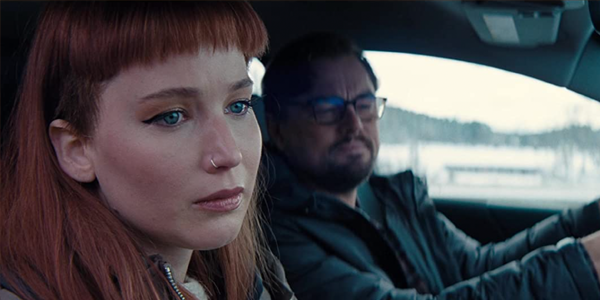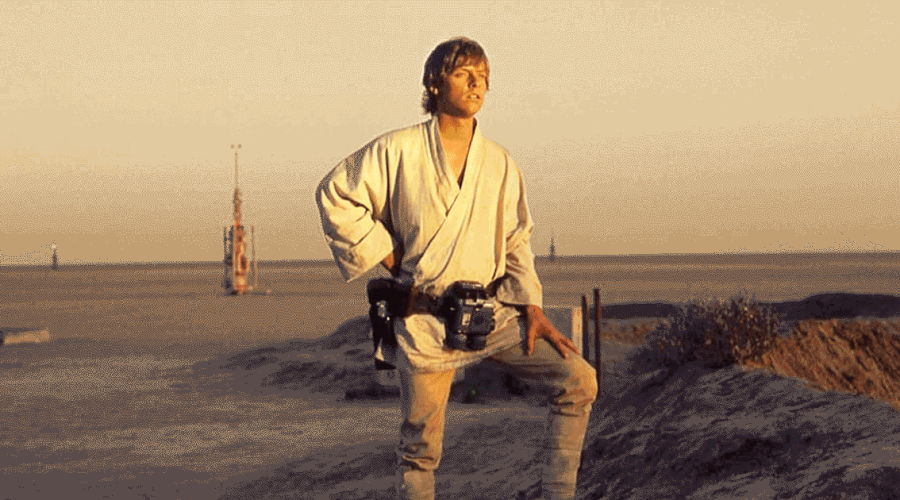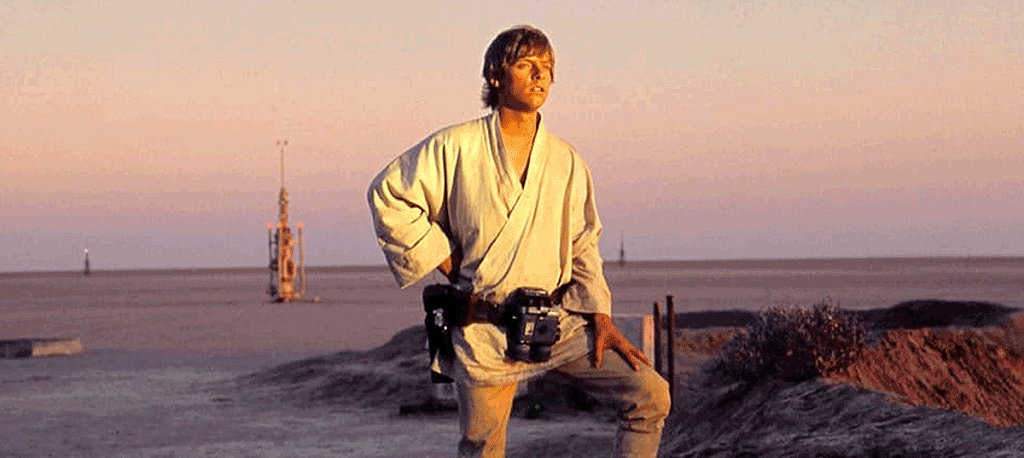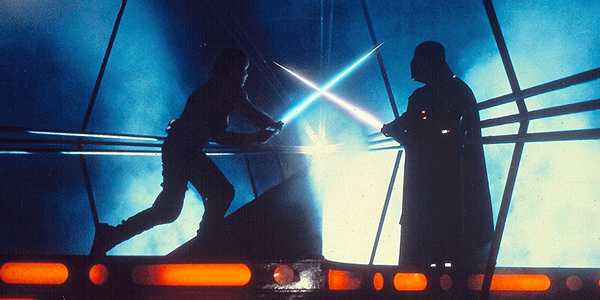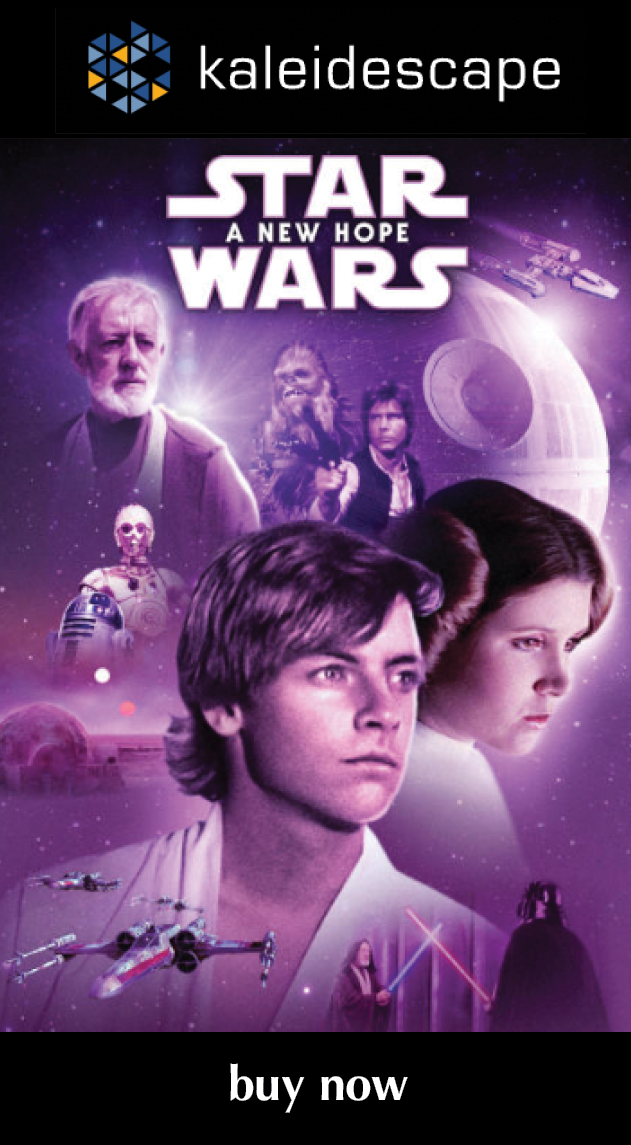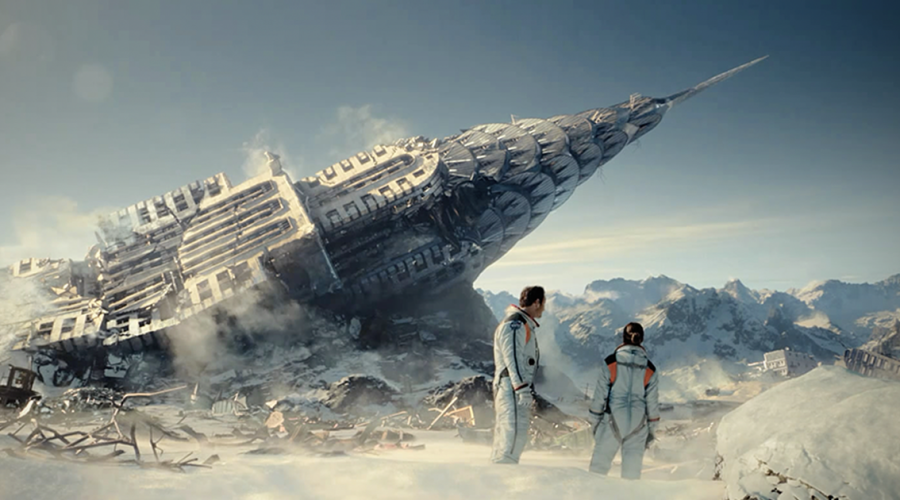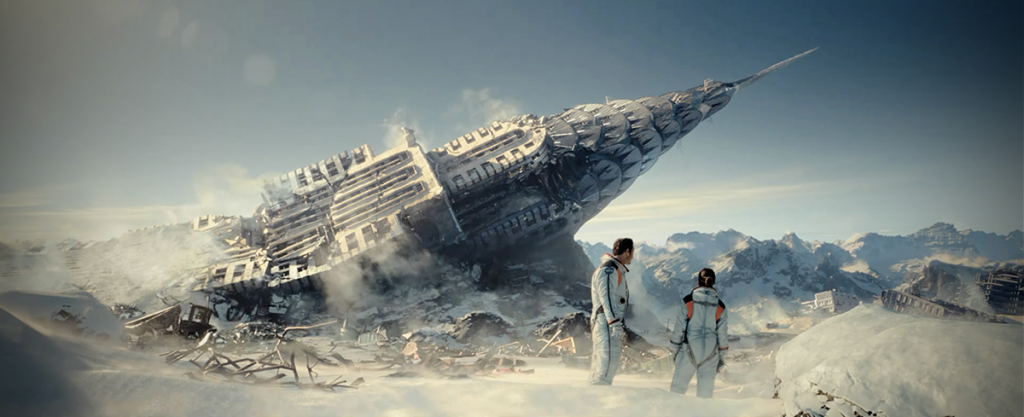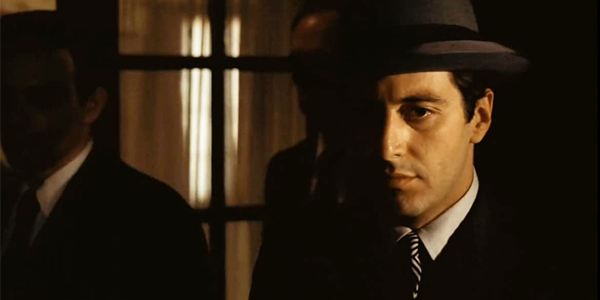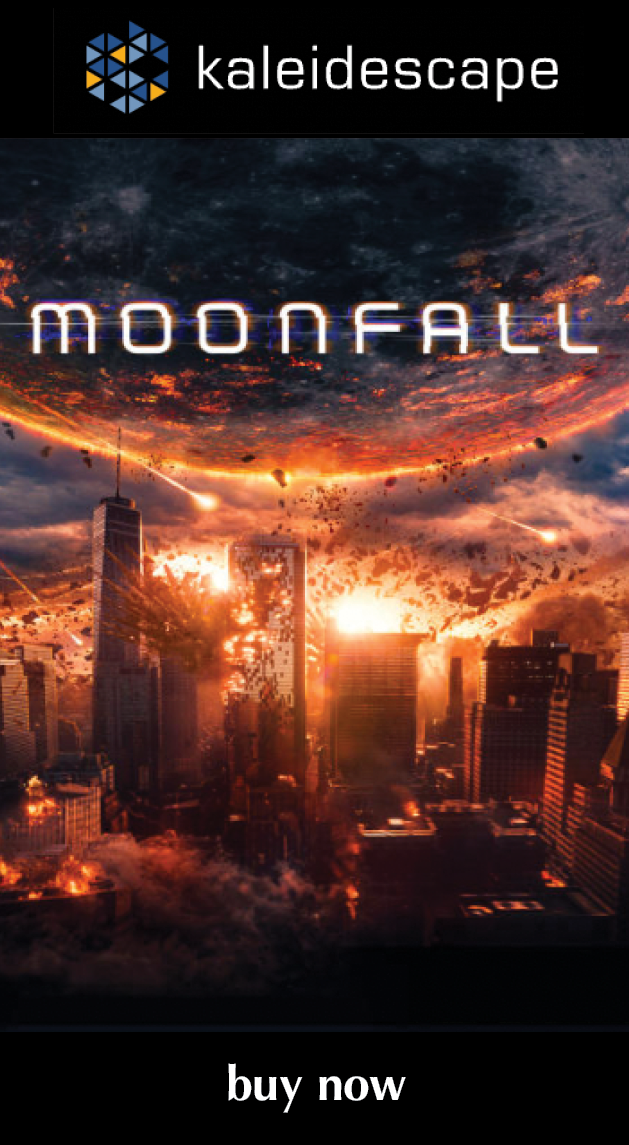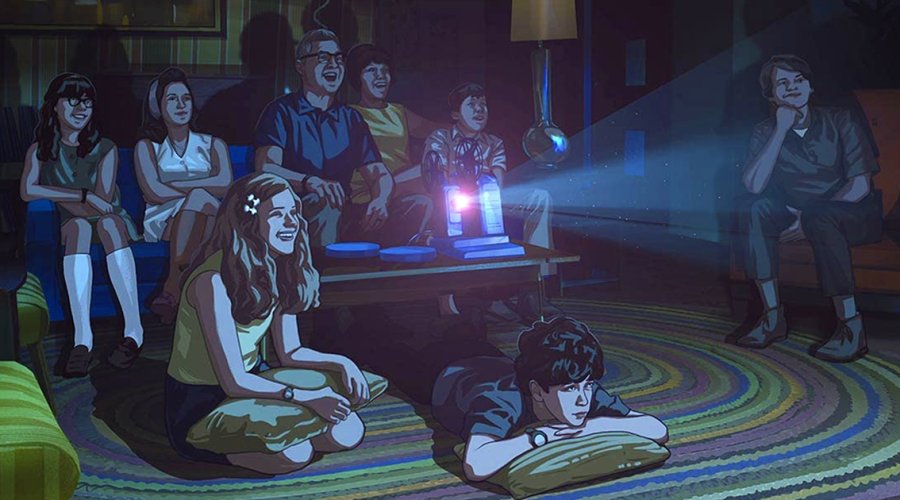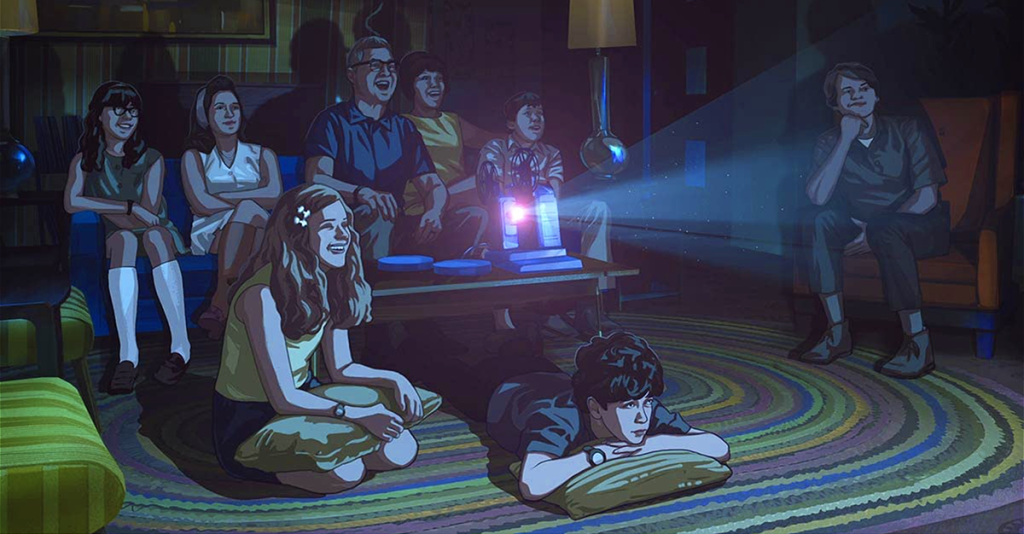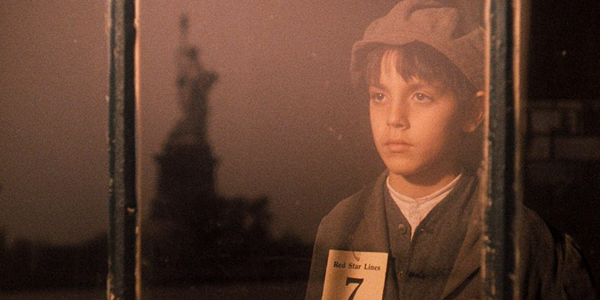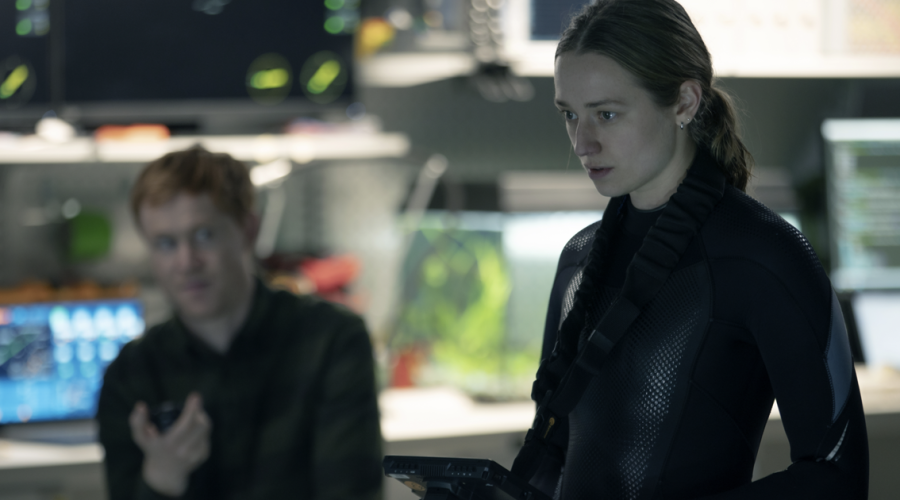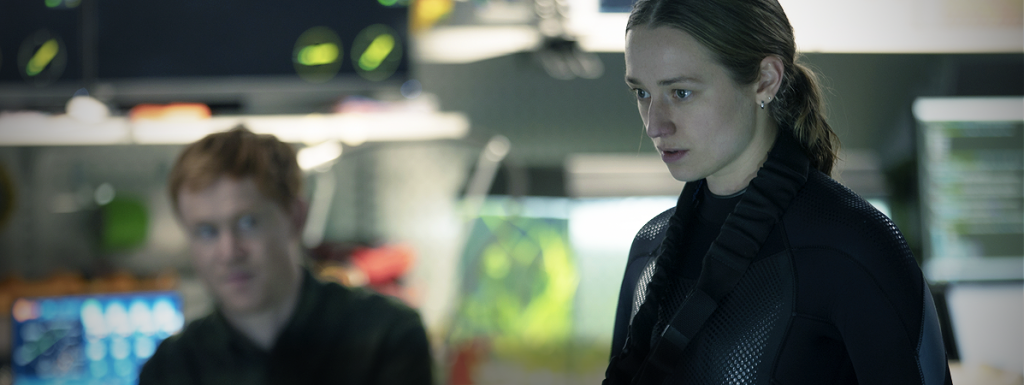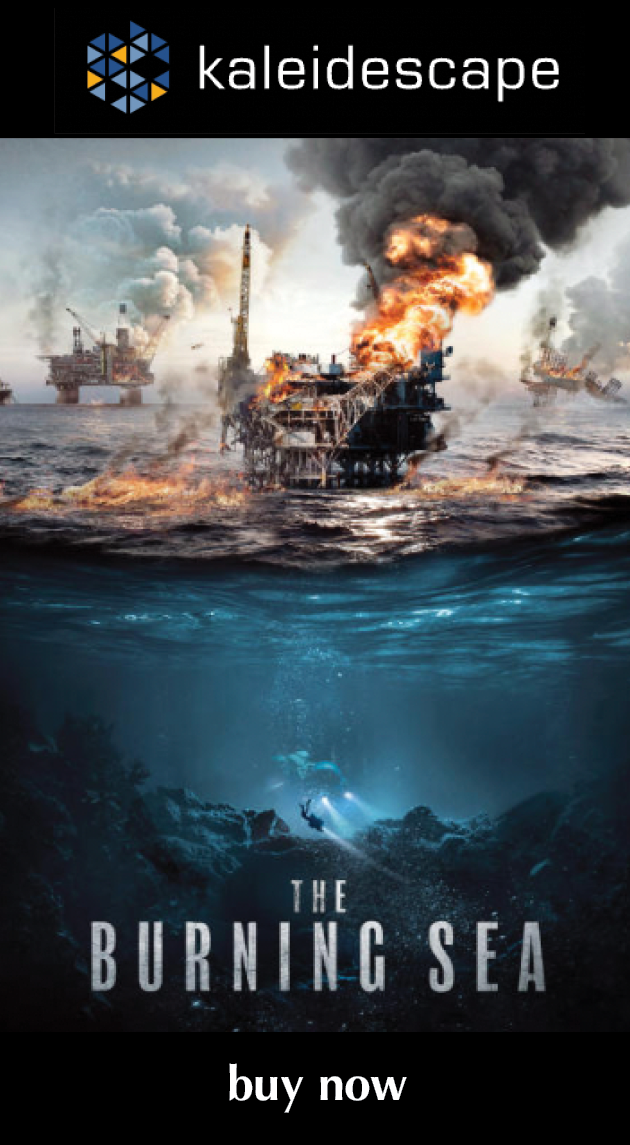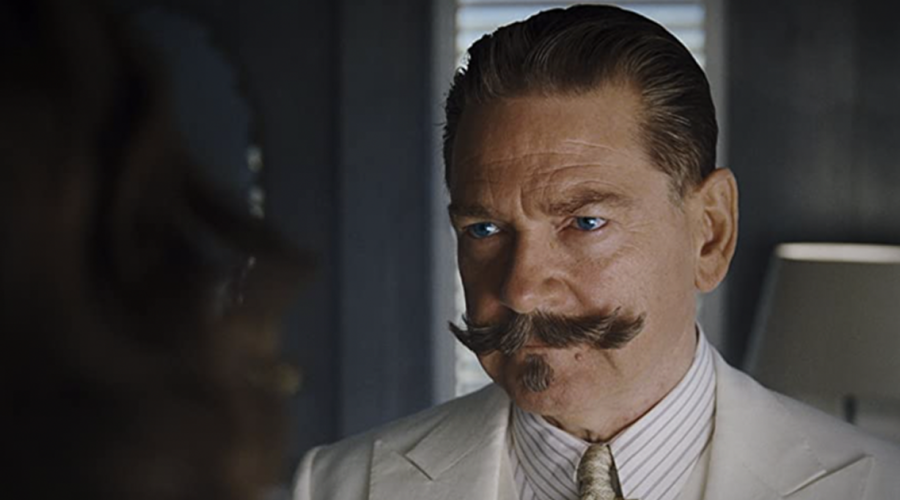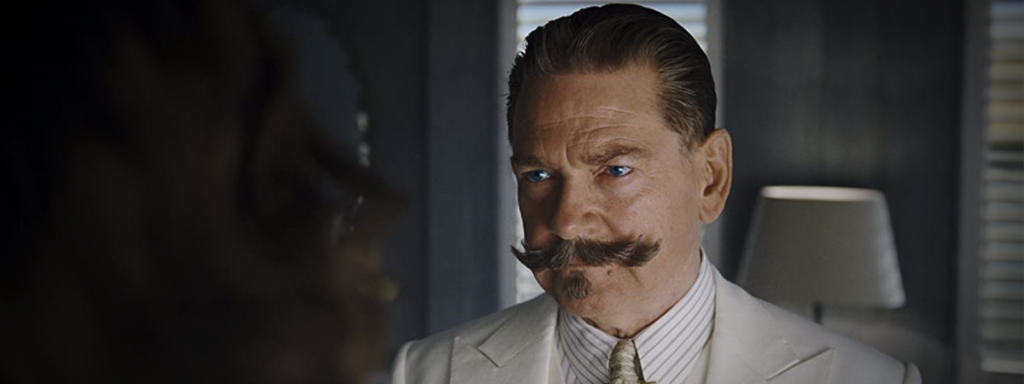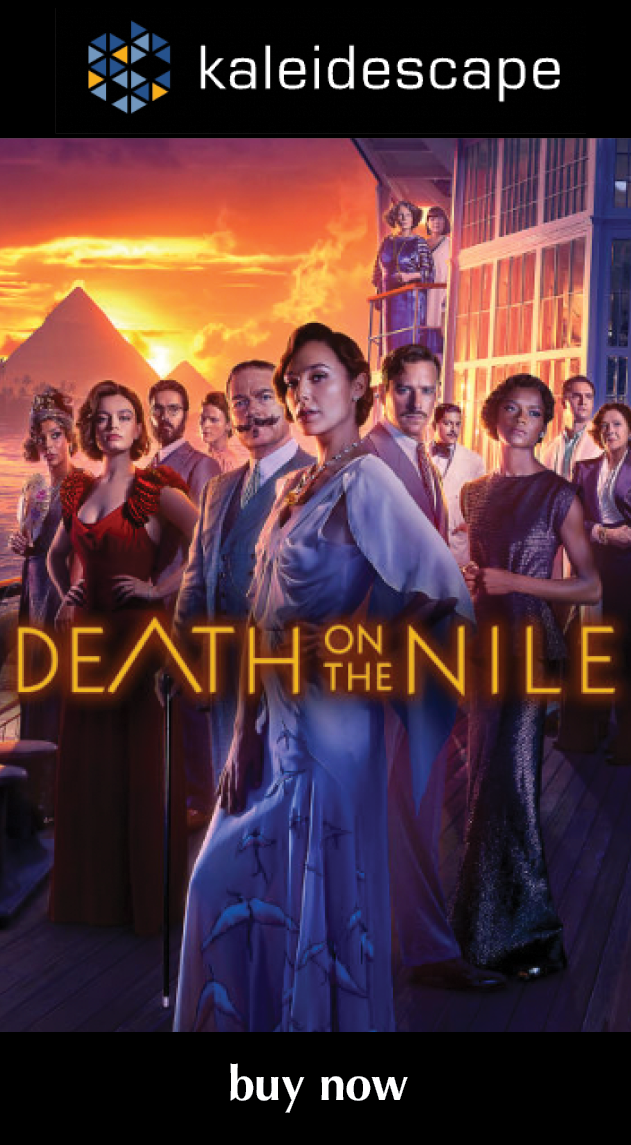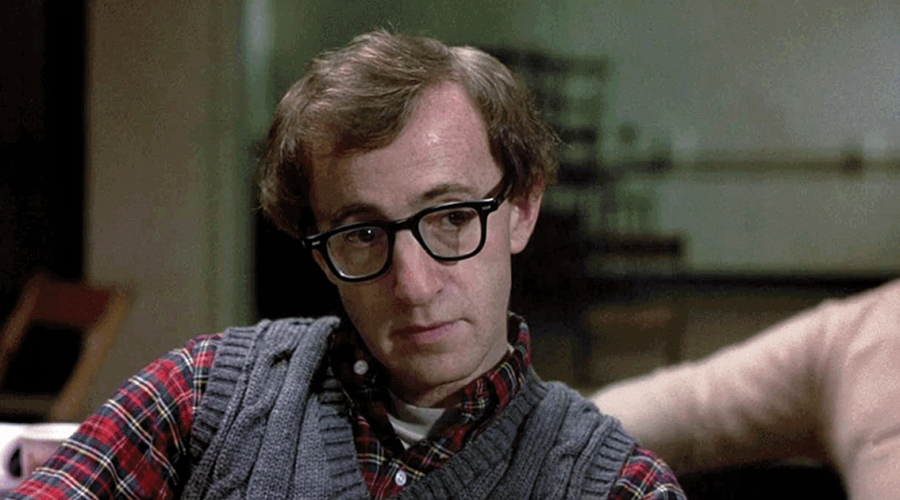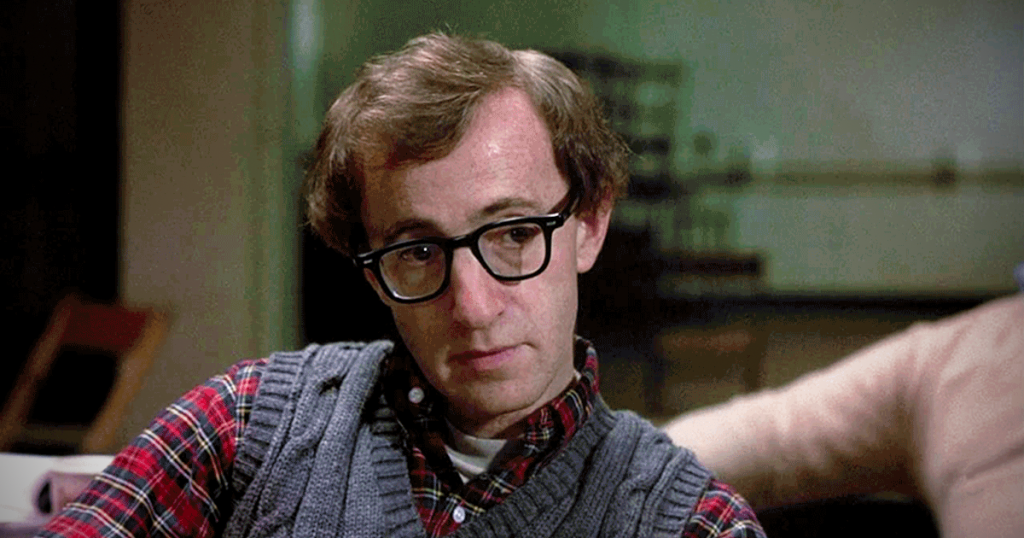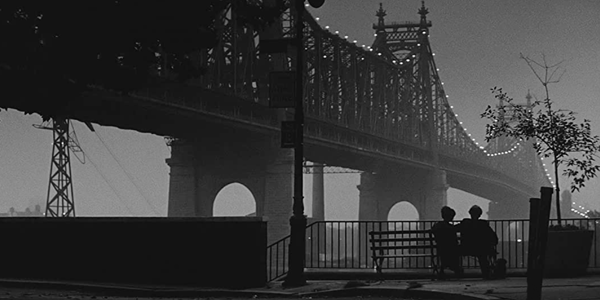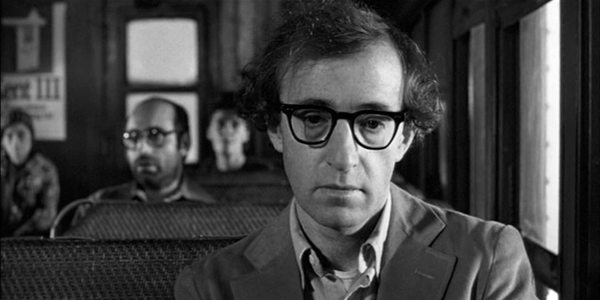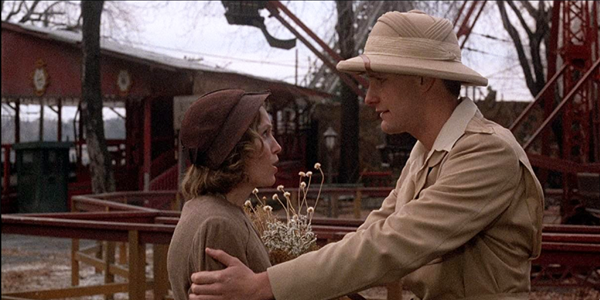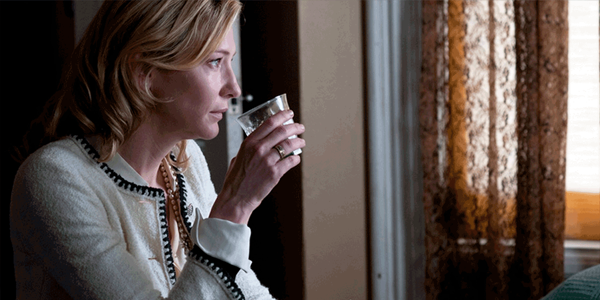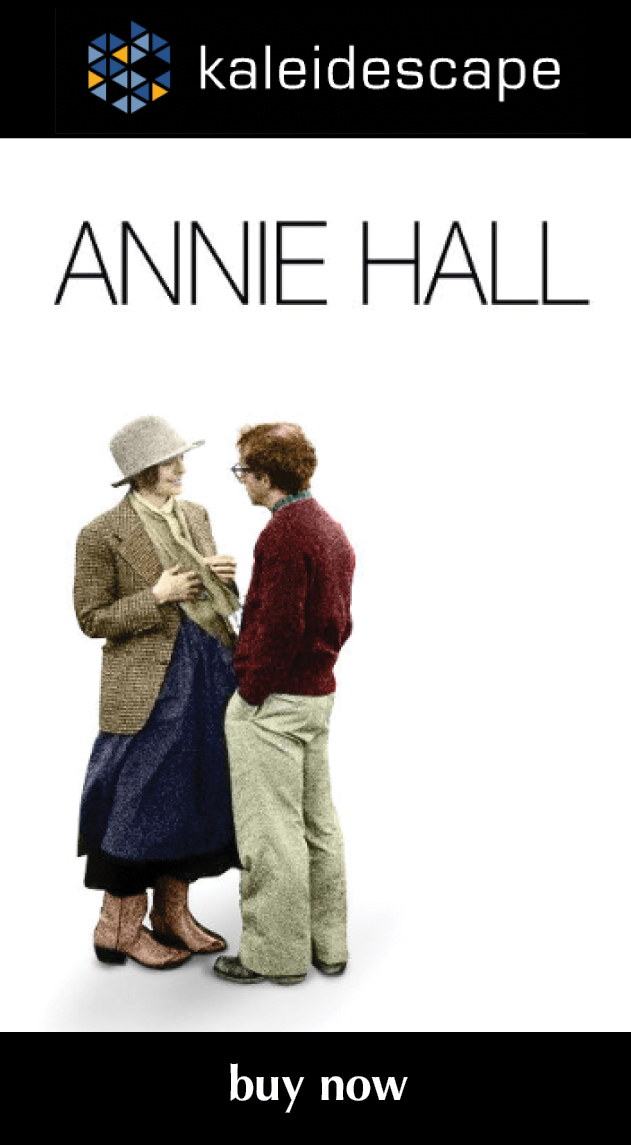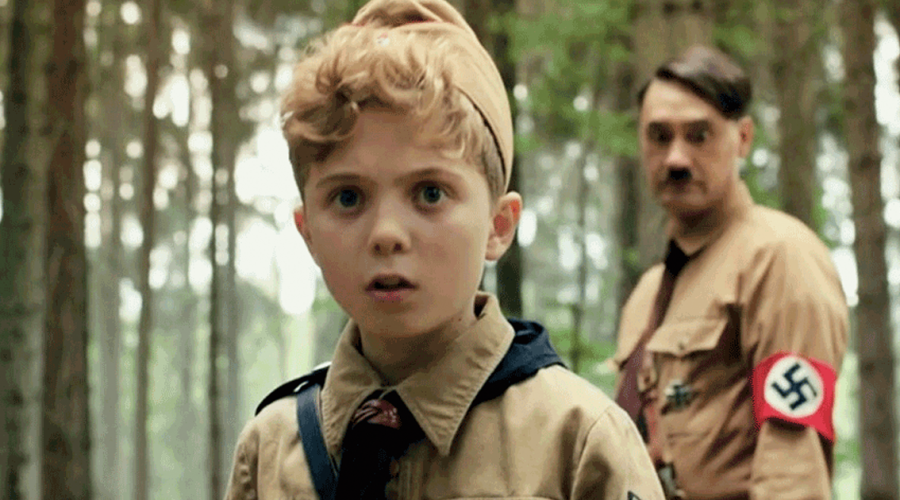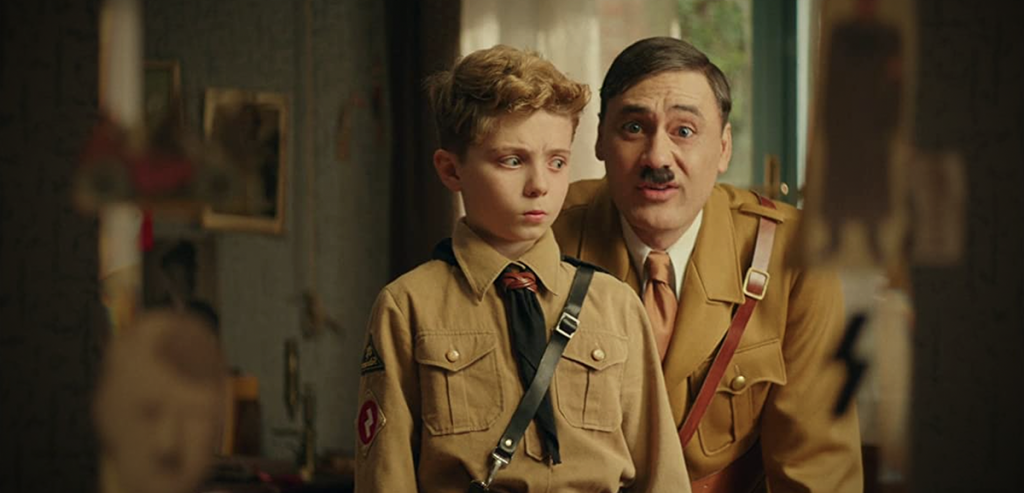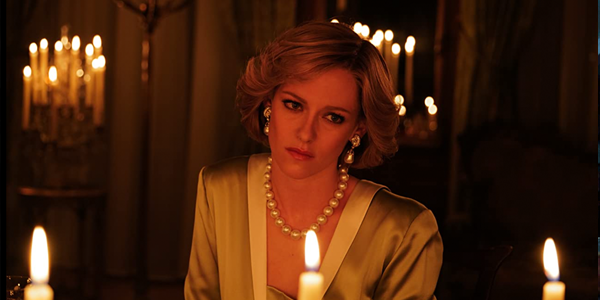Review: The Batman
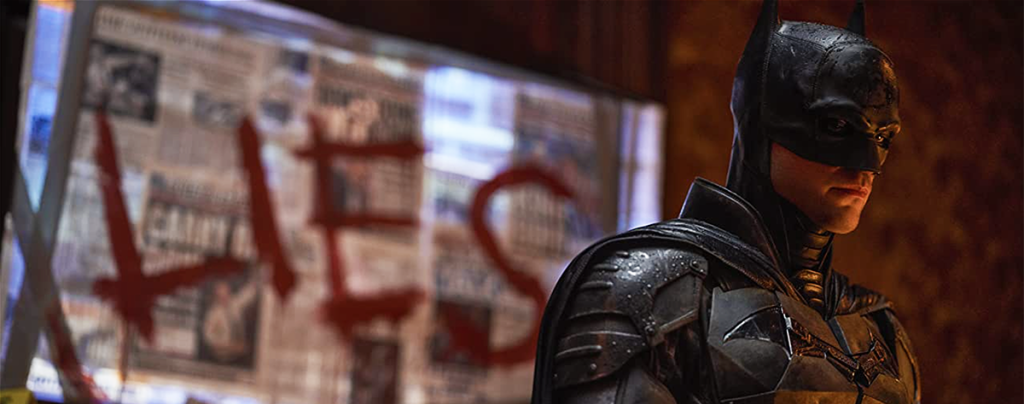
review | The Batman
Batman goes decidedly noir is this latest franchise reboot, which makes for a better experience at home than at a theater
by John Sciacca
April 20, 2022
While carrying the mantle “Highest Grossing Film of 2022” might not have the same cachet in a post-pandemic world, The Batman has earned an impressive $751 million at the global box office and received very favorable reviews from both critics and fans alike.
Like many of you, I don’t find myself heading out to the commercial cinema too often any longer. Beyond the expense and the hassle, I just find myself constantly disappointed with the cinematic experience compared to my home theater. (To be fair, I live in Myrtle Beach, South Carolina, and our commercial-cinema experience sets a pretty low bar. If I was fortunate enough to live near a Dolby Cinema, I’d go to a lot more showings).
But, The Batman was one of those films that managed to get me off my couch—especially after a good friend went on opening night and then gushed it was the best Batman movie ever. And, yes, that included Christopher Nolan’s The Dark Knight. Skeptical, I had to go and see for myself.
Besides rebooting the franchise—and pulling this Batman and Gotham out of the nascent DC Cinematic Universe—The Batman gives us a new man-behind-the-mask in the form of Robert Pattinson. Much like the actor portraying James Bond, fans have developed an affinity for their favorite Batman—I’ll freely admit to being in the Christian Bale camp here—and it seems like fans were a bit polarized by Ben Affleck’s portrayal, though it could have just been that the two Affleck Batman films—Batman v Superman: Dawn of Justice and Justice League*—were more to blame than the actor himself.
Either way, Pattinson, best known for his portrayal of dreamy vampire Edward in the Twilight franchise—wasn’t immediately a choice embraced by fans. For me, playing Batman is the easy part—your face is hidden behind a mask, you growl out your lines, and you just need the physicality to carry the suit and the utility belt full of weapons. It’s the Bruce Wayne bit that’s tough. You have to be believable—and likable!—as the billionaire playboy who somehow finds a way to manage a whole “day job” life against all of Batman’s clandestine nighttime activities. And it was Pattinson’s role as Neil in Nolan’s Tenet that convinced me he could pull off the Wayne role and showed that his Batman was one to take seriously.
This is certainly a different feeling Batman film. And, frankly, as a reboot that’s exactly what it should be. It feels more like a slow-burning noir detective story set in a David Fincher-esque Seven world rather than a traditional Batman movie. It’s darker—both visually and in tone—and heavier than the Nolan films, and feels even more firmly rooted in reality. There is far less reliance on gadgets—with no character analogous to Lucius Fox of the Wayne Enterprises’ Applied Sciences Division—and actually far less Bruce Wayne altogether. There are no high-society parties or any of the other typical Wayne trappings we’ve come to expect. When we do see Wayne, it is often as a brooding, angst-filled, mascara-smeared man-boy with long hair hanging down in front of his face, feeling more like The Cure’s Robert Smith than Gotham’s Golden Son.
The film opens in Gotham City on Halloween night, and someone calling themselves The Riddler (Paul Dano) commits a high-profile murder, drawing Batman into the investigation. At this point, Wayne has been Batman for just two years and he is still feeling his way.
You can’t fault any of the performances as everyone seems believable and committed to their role, and the film features many A-list actors, including a totally unrecognizable Colin Farrell as Oswald Cobblepot/Penguin, Zoe Kravitz as Selina Kyle/Catwoman, Jeffrey Wright as James Gordon, Andy Serkis as Alfred, and John Torturro as crime boss Carmine Falcone.
Shot on Arri at 4.5K, this transfer is taken from a 4K digital intermediate. Without question, I enjoyed watching The Batman more at home than I did in the theater. As mentioned, this is a dark film—Gotham seems to have about one hour of daylight per day, and is shrouded in perpetual overcast skies and rain unless characters are standing on top of a building bathed in brief moments of golden light during the rare sunset—and unless viewed in a flagship commercial environment, the home experience will likely look better with far more contrast. Because darkness (and black level) is such an element throughout, a properly calibrated display is crucial for the best experience. Viewed on a Sony OLED, there are several scenes that cut to total darkness where you have pitch-black letterbox bars above and below, and the set should deliver inky blacks that truly immerse you in the action.
While images are always clean and clear, they rarely looked tack-sharp. Undoubtedly some of this was the filming style, lens choice, or maybe even effects added in post, but the movie often looks like it was shot using an iPhone’s Portrait Mode, where the main character is clear and in focus, and everything at the sides and edges is blurred, and there are very few closeups that really jump out with great detail or resolution. Sure, you have moments when things look truly 4K—an outdoor scene at a funeral memorial has some of the sharpest, tightest focus in the film—but for the most part images look a bit flat without a ton of depth. After finishing The Batman, we flipped over and watched some scenes from the latest Bond, No Time to Die, and the sharpness uptick was unmistakable.
Being such a dark film, the HDR grade definitely improves images, giving nice, deep blacks with plenty of detail, along with delivering plenty of bright highlights from spotlights, streetlights, headlights, flashlights, or light pouring in through windows. Gotham’s downtown is filled with brightly lit buildings, video displays, and numerous neon signs that look great. Reds also benefit from the expanded color gamut, and brake lights, flares, fireballs from explosions, and pulsing lights in a club all look vibrant and deep.
The biggest disappointment in seeing The Batman in a commercial cinema was the audio. Scenes I knew should have tons more volume and impact were just anemic. Fortunately, the Dolby TrueHD Atmos presentation from the Kaleidescape download restores all the dynamics I knew were there, delivering an exciting and immersive audio experience.
Audio is used to subtly immerse you in the scenes or establish the sense of space in an environment. From the opening, we hear the Riddler’s breathing from within his masked face wide and out into the room, and then the choral voices singing “Ave Maria” fill the room with space. During some scenes you’ll hear the drips of rain falling outside, or hear the echoes of voices, the flutter of bats flying, and drips in the Bat Cave (really more a basement than a cave . . .).
It seems no modern Dolby Atmos soundtrack is complete without either overhead thunder cracks or a helicopter flying over, and The Batman checks both these boxes. Gunshots are also loud and dynamic, and during a couple of scenes—particularly one shootout with fully automatic weapons—you can hear the sound of gunfire erupting all around the room, with bullets striking walls and ceiling.
Bass is also weighty and tactile, such as the massive roar and rumble as Gotham’s above-ground trains thunder by, or when a car smashes into a building, or the blasting audio and driving bass at the Penguin’s club.
One of the film’s marquee demo moments—bookmarked by Kaleidescape as “In Vengeful Pursuit”—introduces the Batmobile, which is a hopped-up, heavily Bat-ified American muscle car. The car is like a separate character, and the deep and throaty engine roar and rumble energizes the room with what feels like 1,000 horsepower. When Batman steps on the gas, you can feel the acceleration, along with every gear change, collision, and tire-shredding turn as he pursues through traffic, with vehicles blasting past—in the opposite direction!—on both sides and the sounds of horns blaring and cars swirling and spinning out of control. This scene is tailor-made for giving demos and I can only imagine how it would be enhanced with D-Box motion seating.
At nearly three hours, the pacing is slow, and there are often long periods between the next “event,” making it feel long at times. Even when it feels the film is wrapping up, there is another 30 minutes! And watching it a second time, it had the feel of a Director’s Cut, where additional, not totally relevant but still interesting scenes are reinserted or just lengthened to further flesh out a scene or character, and that some nips and trims would make for a tighter, more engaging experience.
While I would disagree with my friend—I don’t think this is the best Batman movie ever—it’s still engaging and entertaining, and director Matt Reeves gives us an interesting new take on the Dark Knight that certainly looks and sounds better when screened at home.
* There was so much hoopla around the massive recut and reshot Zack Snyder’s Justice League that it practically needs to be considered as a third film on its own.
Probably the most experienced writer on custom installation in the industry, John Sciacca is co-owner of Custom Theater & Audio in Murrells Inlet, South Carolina, & is known for his writing for such publications as Residential Systems and Sound & Vision. Follow him on Twitter at @SciaccaTweets and at johnsciacca.com.
PICTURE | Being such a dark film, the HDR grade definitely improves images, giving nice, deep blacks with plenty of detail, along with delivering plenty of bright highlights
SOUND | Kaleidescape’s Dolby TrueHD Atmos presentation delivers an exciting and immersive audio experience, with weighty and tactile bass
© 2025 Cineluxe LLC
